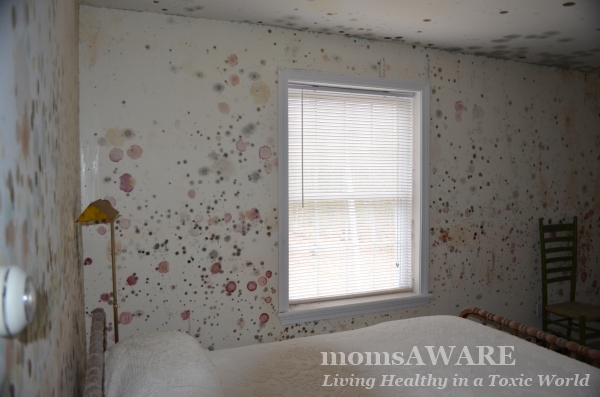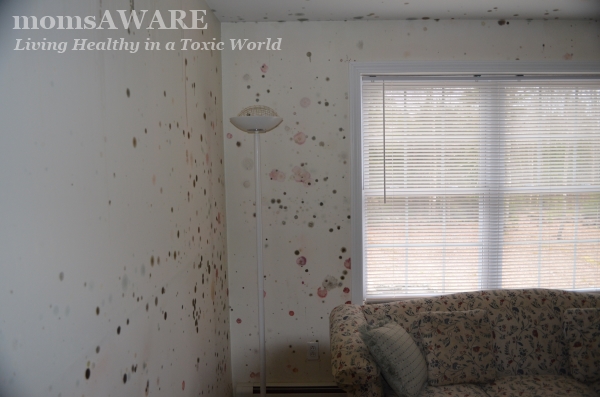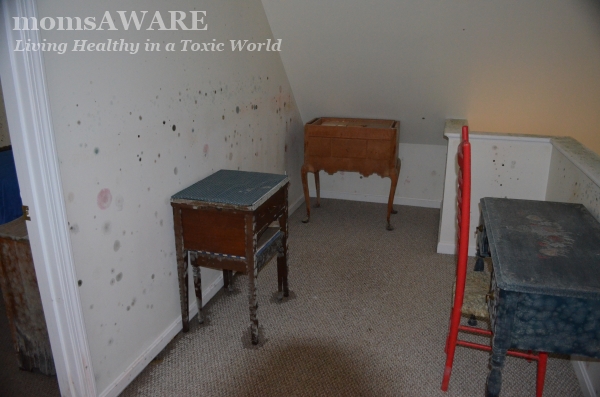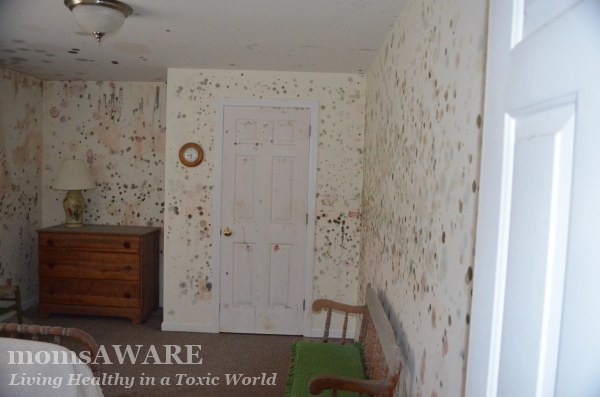Understanding Mold Growth

Mold growth occurs when conditions are favorable. These conditions include:
- Moisture
This can come in the form of humid air, dripping pipes, or water intrusion due to flooding. Mold will grow when the relative humidity is roughly 50 percent or higher.
- Food
Mold will feed on wood, paper, cotton, and leather. Drywall with its paper coating offers ideal food for mold spores. Mold can grow in dirt or dust if the conditions are right.
- Right Temperature
Spores will proliferate in temperatures ranging from above freezing to below 120 degrees. Summer-like temperatures (70-90 degrees) are especially conducive to mold growth.
- Time
Mold growth can occur in 24 hours or it may take as long as 10 days, depending on the conditions.
- Stagnant Air
Insufficient ventilation contributes to moisture buildup.
Mold is an opportunistic pathogen, which means it will take advantage of any conditions favoring its growth. According to Michael Pugliese, author of The Homeowner's Guide to Mold:
Its spores can travel to neighboring rooms, land there, and not grow at all. They can sit there dormant for months or even years. Then one day the right combination of temperature and humidity will activate them, allowing them to germinate and start growing. That's why, during the remediation process, proper containment is a must to prevent cross-contamination.
In the photo above and the photos that follow, you'll see what can happen when the conditions are favorable for mold growth. This home was unoccupied and on the market for sale. The furnace was inadvertently shut off during freezing weather, and when the temperatures rose, pipes burst and water leaks occurred. The lack of ventilation only added to the problem.



Mold commonly appears as black or brown. However, as seen above, it can appear in a variety of colors. According to Pugliese:
No mold growing in a home is good mold—period. Whether the mold is white, black, green, maroon, turquoise, gold, or brown, it is still mold, and at some point it may produce spores or gases known to create adverse health conditions to human beings and pets.
It is imperative that we remain vigilant when it comes to our indoor environments. Understanding what causes mold to grow can go a long way toward keeping us safe and healthy at home, work, or school.

